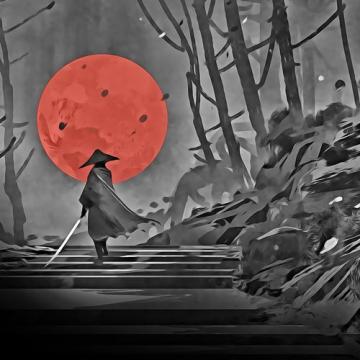
Japanese Knife Shapes
Single Bevel vs. Double Bevel
Why are some types of Japanese knives only sharpened on one side? We Europeans mostly use knives whose blades are sharpened on both sides. However, a knife like the Usuba is only sharpened on one side. This allows for extremely thin cuts, which are necessary for the art of Katsuramuki, for example. In this process, vegetables, such as a Daikon radish, are cut from the outside in a spiral into an "endless" long, paper-thin strip and later julienned. For Sashimi, it is also essential that the raw fish is cut into very thin slices with a Yanagiba or filleting knife. Such ultra-thin cuts are best achieved with a single bevel blade.
Our opinion from Butch on this topic: Those who are curious and enjoy taking on new challenges in the kitchen will have a lot of fun with a single bevel knife. Your very first cut might not be the deepest, like Rod Stewart, but the second will already come easily to you. And from the third, you won't want to miss this type of knife anymore … Those who prefer to rely on the good old things and are less experimental are always well-advised with a double bevel knife.
Deba | Fish Knife – Single Bevel
The Deba is the traditional Japanese filleting knife for fish and shellfish. This knife is – compared to other knife types – relatively robust, as it is used for gutting, disassembling, and filleting whole fish. It can also cut through bones. However, these are not chopped with the Deba, but rather split with force. You often use the second hand to apply pressure on the back of the blade.
Your question now is: “Well, when do I ever gut and disassemble whole fish?” The Deba knife is also used for other tasks in your kitchen. Due to its handy shape and thicker blade, it can also be used to carve poultry, as the sharp Deba effortlessly cuts through cartilage and tendons.








